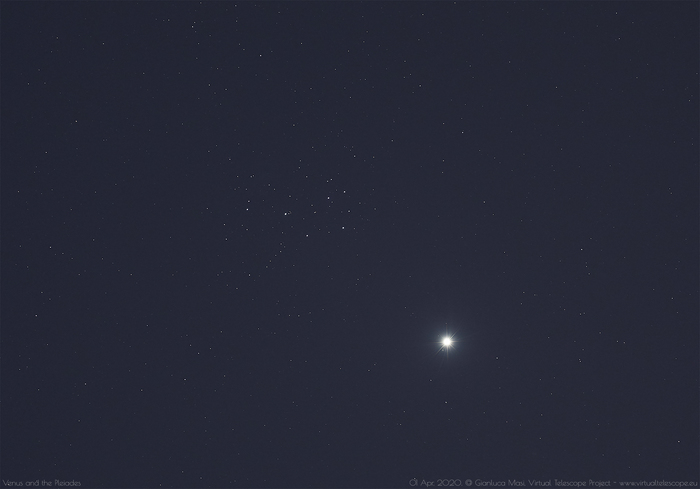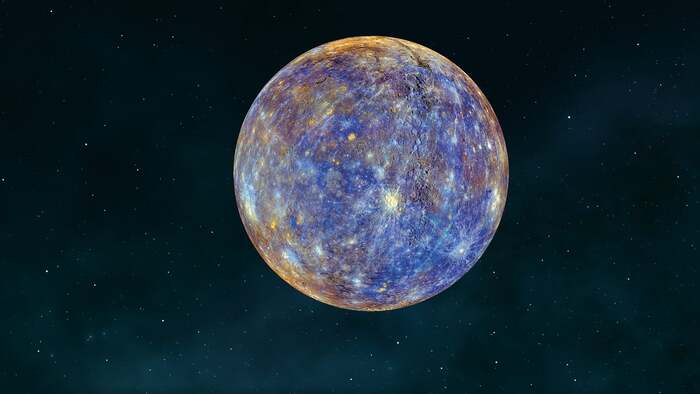Tonight the cosmic embrace between Venus, very bright, and the star cluster of the Pleiades: a phenomenon that occurs only every eight years. At 19.30 on the Science channel the observation in live streaming with the Virtual Telescope.
The show can be admired to the west immediately after sunset comfortably from the window or from the balcony, staying at home in compliance with the measures to deal with the Covid-19 emergency. The rare conjunction is visible to the naked eye, "but a modest pair of binoculars will offer an unforgettable view" astrophysicist Gianluca Masi, scientific director of the Virtual Telescope Project, tells ANSA.
This is because, explains Masi "Venus is almost a thousand times brighter than the individual stars that make up the cluster of Pleiades and this means that when it is interposed between us and the Pleiades its intense glow will dim the light of those stars".
Viewing with the naked eye is still possible, however "binoculars will prove to be the instrument of choice for this type of observation". Like any planet, says Masi, Venus moves between the stars and periodically transits near the famous star cluster, but only rarely does it overlap with perfection.
"These extreme conjunctions - he adds - are repeated every eight years, because of the relationship between the orbital periods of Venus and Earth". In practice, "every 13 orbits of Venus, the Earth completes 8, so that every eight years we find ourselves in the same visibility conditions as 8 years earlier".
The alignment between Venus and the Pleiades is obviously only prospective, adds Masi, "since the planet will be about 95 million kilometers from Earth, while the Pleiades cluster is about 440 light years away". The Pleiades are one of the most studied families of young stars, given their relative proximity; their age is estimated at 100 million years, "very young - concludes the astrophysicist - considering that the Sun is 5 billion years old".>
Cosmic embrace between Venus and the Pleiades
2020-04-03T20:42:27.865Z

Admire after dark with the naked eye or with binoculars (ANSA)














